
Concurrency in Java Complete Guide to Concurrency in Java
Concurrency in Java is the ability of multiple threads to execute in a coordinated manner within a program. While concurrency can lead to more efficient use of resources, it introduces.

Java Concurrency The Complete Basics Part 1 Codegrave Blog
Java Concurrency is a fundamental concept that every software engineer should be familiar with. In multi-threaded applications, understanding concurrency is crucial for creating efficient and.

What is Java Semaphore and Mutex Java Concurrency MultiThread explained with Example • Crunchify
Apr 24, 2023 -- Image Source Introduction Concurrency is an essential aspect of modern software development, allowing multiple tasks to be executed simultaneously. Java provides robust support.
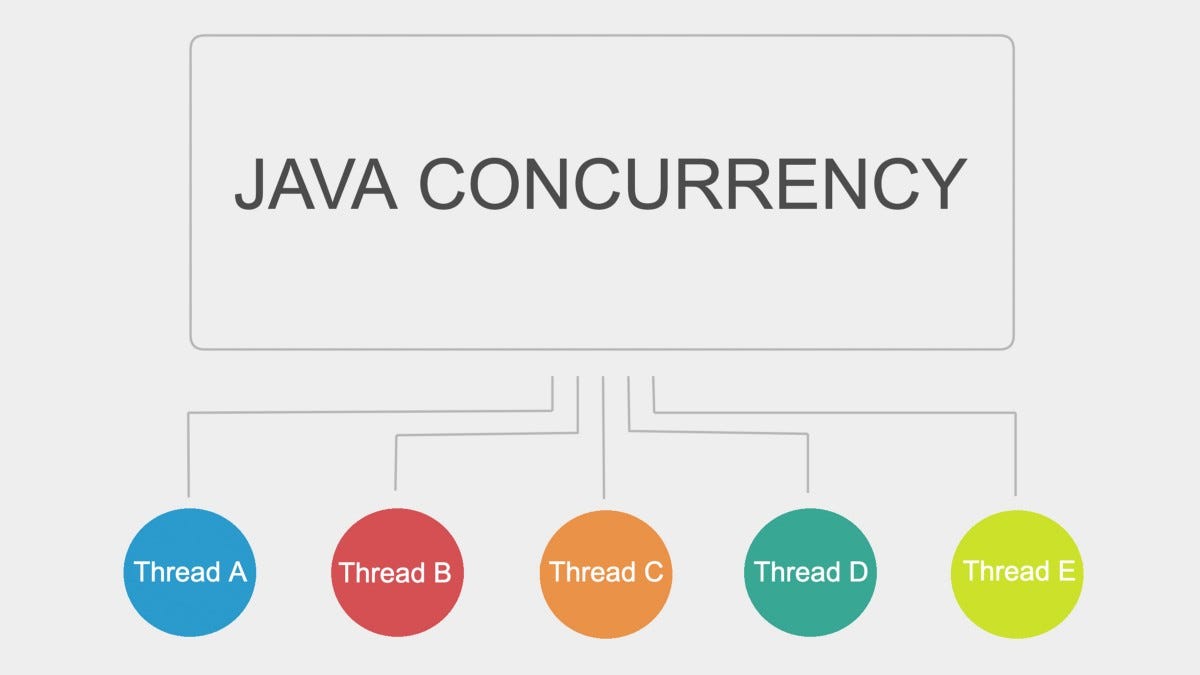
Concurrency Model And Distributed Systems by Swapnil Kant Javarevisited Medium
Similarly, in the last year, concurrency libraries like RxJava and Spring Reactor were trending with enthusiastic statements, like the asynchronous, non-blocking approach is the way to go, etc. In.

What is Java Concurrency Java Concurrency Tutorial 2023
1. Overview In this tutorial, we'll discuss the incubator feature Structured Concurrency (JEP 428), which provides structured concurrency capabilities to Java 19. We'll guide you through the usage of the new APIs for managing multithreaded code. 2. Idea

Overview of Concurrency in Java YouTube
Java Concurrency Pattern Get started with Spring and Spring Boot, through the Learn Spring course: >> CHECK OUT THE COURSE 1. Overview In this tutorial, we'll discuss some of the design principles and patterns that have been established over time to build highly concurrent applications.

Concurrency in Java 8 Advance Computing
Get started with Spring and Spring Boot, through the Learn Spring course: >> CHECK OUT THE COURSE Java Concurrency Basics Overview of the java.util.concurrent Guide to the Synchronized Keyword in Java (popular) Guide to the Volatile Keyword in Java Guide to java.util.concurrent.Future An Introduction to ThreadLocal in Java

Java Concurrency java.util.concurrent API Class DiagramCSDN博客
Java Weekly, Issue 461. Spring Boot Tutorials. Spring Boot Tutorial. FULL GUIDE.

Java Concurrency & Multithread in PracticeAtomic Type & CompareandSet Approach
The Java Lock interface, java.util.concurrent.locks.Lock, represents a concurrent lock that can be used to guard against race conditions inside critical sections. Thus, the Java Lock.

java中的ConcurrentMap接口 码农参考
1. Introduction In this tutorial, we're going to see some of the most common concurrency problems in Java. We'll also learn how to avoid them and their main causes. 2. Using Thread-Safe Objects 2.1. Sharing Objects Threads communicate primarily by sharing access to the same objects.
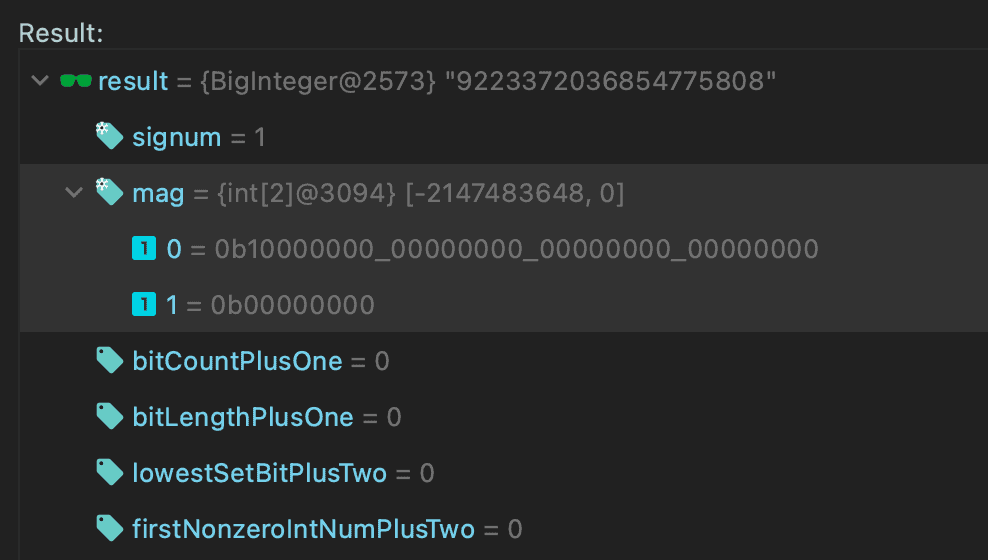
Guide to Java BigInteger Baeldung
Overview In the previous post, we introduced basic concepts of threads and multithreading, in this post, we will be introducing one of the main concerns (thread-safe and various synchronization.
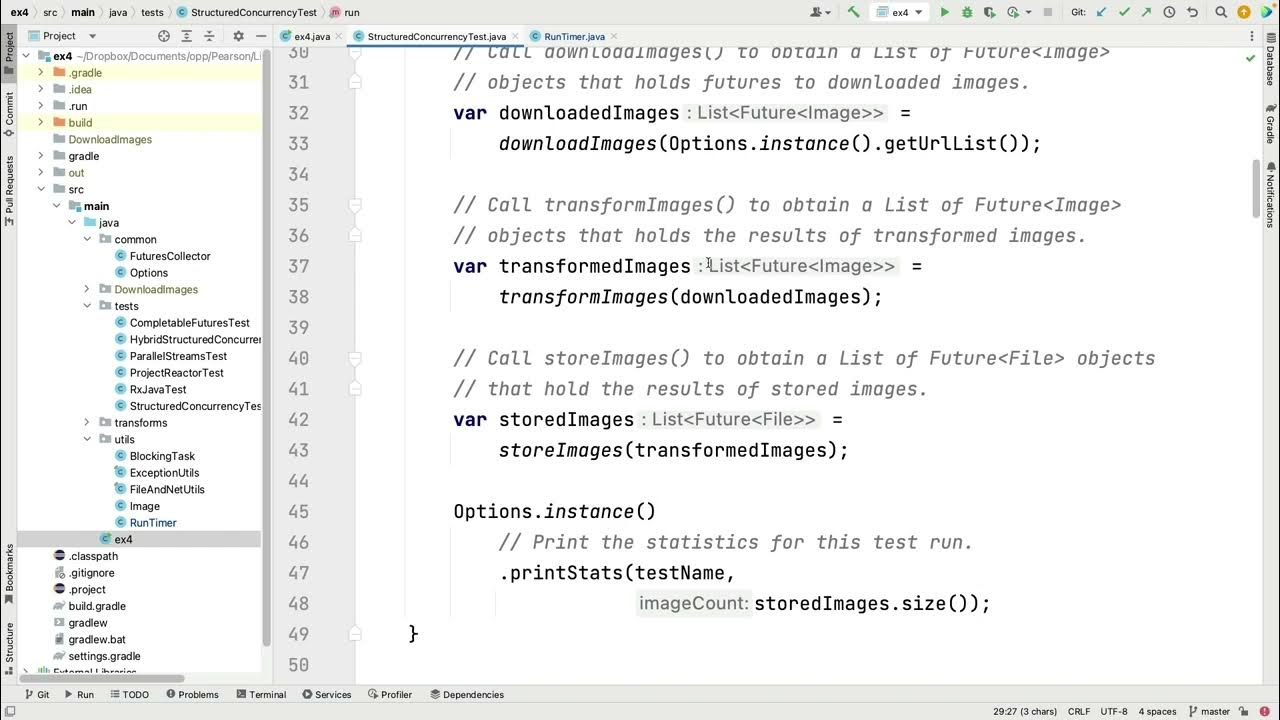
Applying Java Structured Concurrency Case Study ex4 (Part 1a) YouTube
For this reason, the Concurrency API was introduced back in 2004 with the release of Java 5 and has been enhanced with every new Java release. The API is located in the package java.util.concurrent.
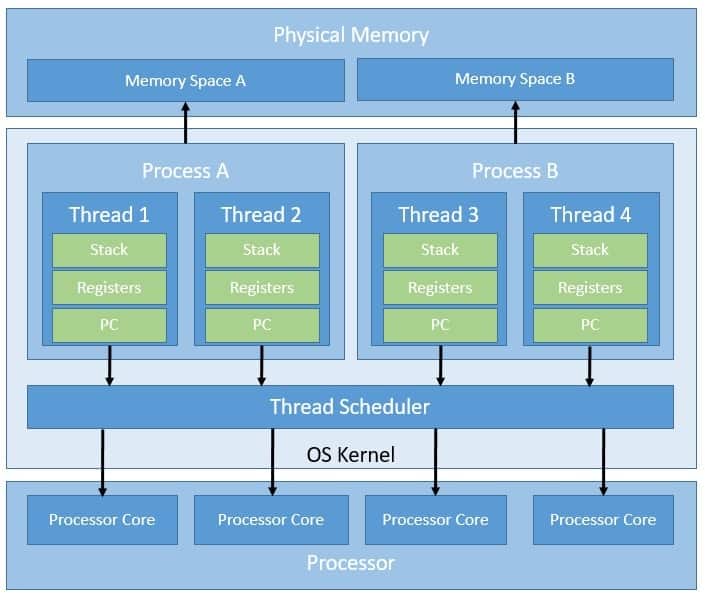
LightWeight Concurrency in Java and Kotlin Baeldung on Kotlin
Concurrency in Java is one of the most complex and advanced topics brought up during technical interviews. This article provides answers to some of the interview questions on the topic that you may encounter. Q1. What Is the Difference Between a Process and a Thread?
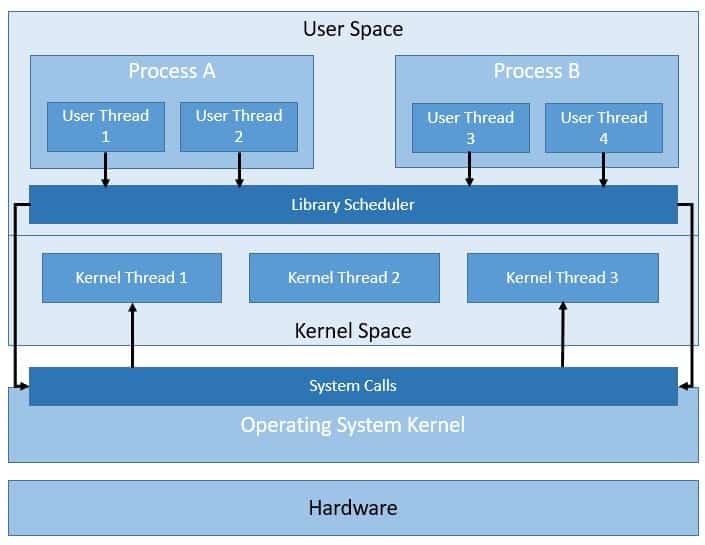
LightWeight Concurrency in Java and Kotlin Baeldung on Kotlin
The java.util.concurrent.ExecutorService API, introduced in Java 5, helps developers execute subtasks concurrently. For example here is a method, handle (), that represents a task in a server application. It handles an incoming request by submitting two subtasks to an ExecutorService.

ConcurrentSkipListSet en Java con ejemplos Barcelona Geeks
Concurrent Java threads interact via shared objects and/or message passing. Shared objects. Synchronize concurrent operations on objects to ensure certain properties. Examples of Java synchronizers: Synchronized statements/methods. Reentrant locks & intrinsic locks. Atomic operations. Semaphores. Condition objects.

Top 5 Concurrent Collections Java Programmer Should Learn
Concurrent collections make it easier to manage large collections of data, and can greatly reduce the need for synchronization. Atomic variables have features that minimize synchronization and help avoid memory consistency errors. ThreadLocalRandom (in JDK 7) provides efficient generation of pseudo-random numbers from multiple threads.